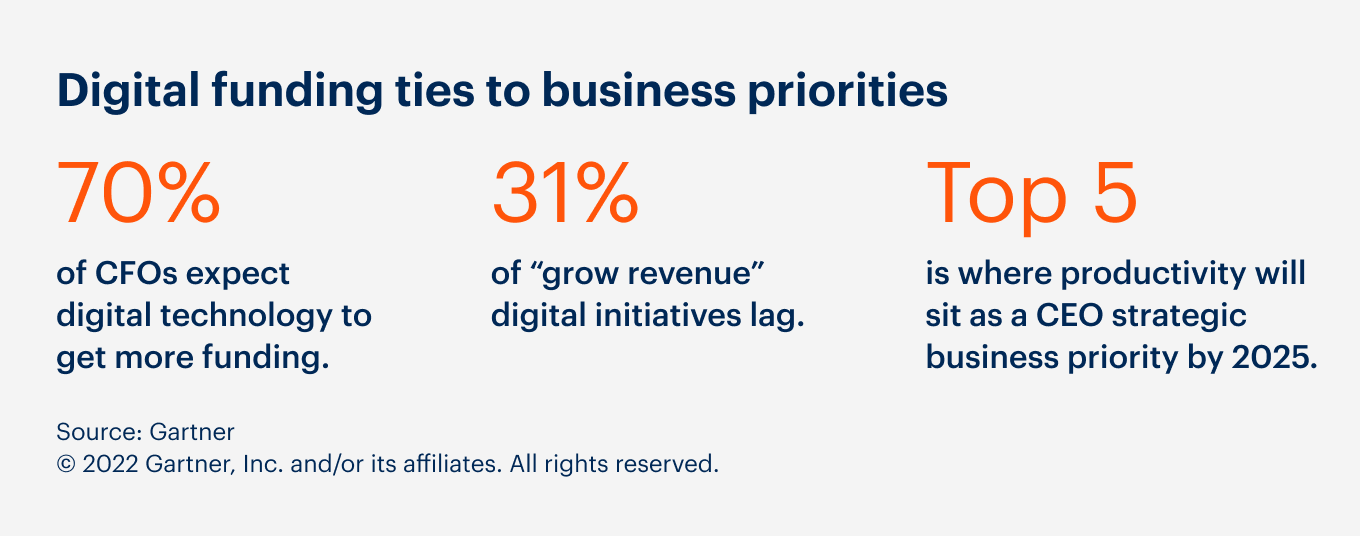Communicating the business value of IT requires a focus on business outcomes delivered, not IT systems managed or work done.
Gartner urges CIOs to improve the clarity of business-value-of-IT (BVIT) communications by using language, metrics and reports that focus on IT’s impact, not the effort expended, on delivering technology-enabled business outcomes.
No single metric is “the” best at demonstrating BVIT. The most valuable metrics are those that can influence business decision making in your organisation.
There is rarely a shortage of metrics so the CIO’s task is to elevate a select few operational KPIs to make them specific to the applications and infrastructure that support specific business outcomes and specific business metrics that are important to stakeholders.











